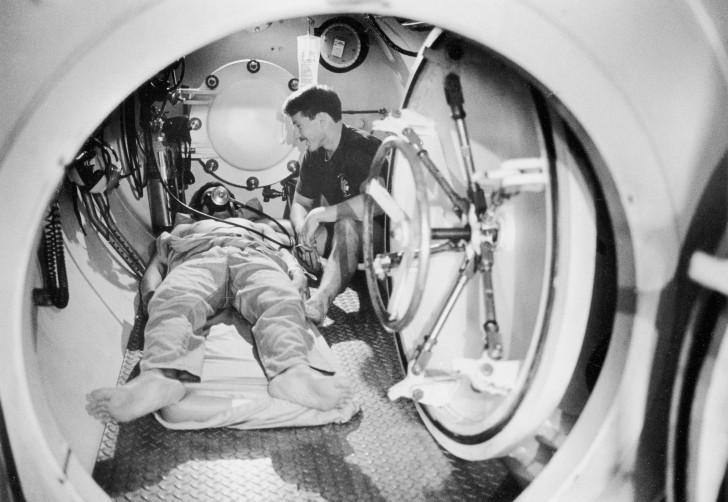In plain terms: what Section 179 allows
Section 179 permits certain businesses to expense qualifying tangible equipment in the tax year the equipment is placed in service. For revenue-generating devices—like hyperbaric chambers used for patient treatments—this frequently qualifies. The difference between deducting over several years and taking a one-year deduction can be material for a small or growing practice.
The placed-in-service rule — the detail that matters
It’s simple, but it trips people up: the deduction applies in the tax year the asset is placed in service—not when you sign the purchase order. To satisfy that rule, the chamber should be installed, tested, and available for appointments before year-end. Training staff and performing the first treatment are practical ways to show the unit is operational.
Who tends to benefit most
You’ll likely be able to use Section 179 for a chamber if:
- It’s predominantly used in your business (>50% business use).
- Your practice has enough taxable income to benefit from the deduction.
- The chamber is placed in service this tax year.
Common examples: family practice clinics adding HBOT, med-spas expanding treatments, pain clinics, PT centers, and integrative health clinics.
Quick number examples
(Work with your CPA for precise calculations.)
- Example A — $60,000 chamber, 100% business use, 24% tax rate → approximate tax savings: $14,400.
- Example B — $120,000 chamber, 100% business use, 32% tax rate → approximate tax savings: $38,400.
These simplified examples show the magnitude of the potential benefit. But remember: Section 179 has limits and the deduction cannot exceed the taxable income from the active business.
Bonus depreciation and timing choices
Sometimes you’ll combine Section 179 with bonus depreciation to maximize first-year expensing. Which strategy is better depends on your current taxable income and long-term tax plans. Your CPA can run both scenarios to tell you whether taking the deduction now or spreading it over time makes more sense for your bottom line.
Practical year-end planning steps
If you want to capture Section 179 this year, here’s a realistic plan:
- Lock delivery & installation dates with the supplier. Get them in writing.
- Schedule training right after installation — staff sign-offs help prove the unit is in service.
- Run a soft launch or first treatment(s) before December 31 to demonstrate revenue capability.
- Document everything—photos, signed forms, shipping receipts, and the first appointment log.
- Have your CPA model the tax treatment (Section 179 vs. bonus depreciation).
Pitfalls to avoid
- Assuming shipping = in service. If the unit is still boxed in the warehouse, it’s not placed in service.
- Not documenting training or the first use. These details are inexpensive to produce and important to keep.
- Ignoring state tax rules. State conformity varies—plan for state add-backs where applicable.
What paperwork your CPA will want
Prepare a packet that includes:
- Purchase invoice and sales contract
- Bill of lading or delivery receipt with dates
- Installation certificate and signed operational acceptance form
- Training attendance records and the first client appointment log
Having this packet ready makes your CPA’s job easier and speeds the decision process.
A short case study
A small med-spa scheduled installation in mid-December, held staff training the weekend after delivery, and booked three patient trials before the month ended. They photographed the installed unit, collected signed acceptance forms, and logged the first treatments. Their CPA elected Section 179 for that tax year—and the spa used part of the tax savings to run an introductory promotion in January.
Bottom line and next step
Section 179 can meaningfully change the cash-flow picture when purchasing a hyperbaric chamber. If you want to try to capture this tax benefit this year, start by confirming delivery and installation dates now, and get the documentation plan in motion. Ask your CPA to model both Section 179 and bonus depreciation for your circumstances.
If you’d like, your vendor can prepare a ready-to-hand packet—invoice, installation certificate, and training logs—so your accountant has everything needed to evaluate the deduction quickly.
Note: This content is educational and not a substitute for professional tax advice. Consult a licensed CPA or tax attorney to determine what applies to your entity and state.
 Muneeb Akhtar
Muneeb Akhtar

 Muneeb Akhtar
Muneeb Akhtar


